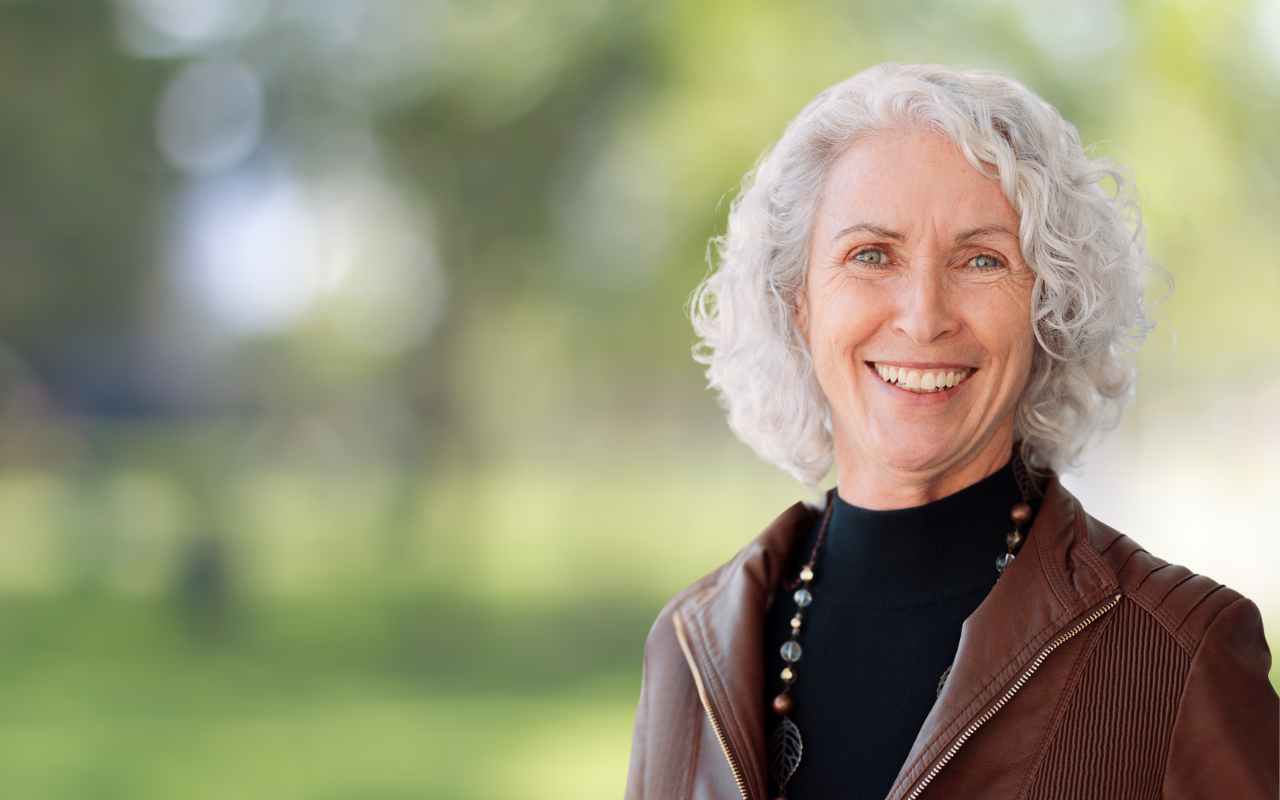Go Gentle Australia’s landmark State of VAD report reveals voluntary assisted dying laws around the country are working safely and as intended; providing terminally ill people with access to a ‘good death.’
Lola Hope Dickson was filmed reading out the English poem “Let Me Go” before she became one of the first people in NSW to access voluntary assisted dying, in February at Springwood Hospital.
The 90-year-old had suffered heart failure and lung disease, and wanted to leave a final memorial.
“I want no rites in a gloom filled room. Why cry for a soul set free?,” she read, before asking her loved ones to “charge their glasses” as she was “off to the promised land”, finishing with a hearty chuckle.
Voluntary assisted dying (VAD) laws, now passed in all six Australian states and recently in the ACT, were the result of years of dogged campaigning by ordinary people facing extraordinary suffering. Those diagnosed with a terminal illness wanted choice and to regain some control over a destiny that foretold misery and torment. Family and friends who had witnessed the prolonged death of a loved one also joined the campaign, in the hope others wouldn’t have the same traumatic experience.
Six years on from the implementation of the first VAD law in Victoria, have these aims been fulfilled?
The answer is, overwhelmingly, yes. Go Gentle Australia’s landmark State of VAD report released on 12 August 2024 reveals VAD laws around the country and in New Zealand are working safely and as intended; only terminally ill people who meet strict eligibility criteria are able to access VAD. What’s more, people’s end-of-life choices are being supported by health professionals demonstrating a deep level of compassion and care.

But as people such as Lola Hope Dickson are showing, the impact of VAD is going even further. In dozens of testimonials sent to Go Gentle Australia, loved ones and carers are using words such as “perfect”, “empowered” and “a gift” to describe VAD deaths. They are talking about a “good death”.
This is no small thing. We like to imagine we will die peacefully at home surrounded by loving family, but there is no guarantee.
The difficulty of having a “good death” was examined by the Grattan Institute in 2014. It found 70% of Australians want to die at home yet only 15% do so. Dying in Australia was increasingly institutionalised and medicalised, with about half of people taking their final breaths in hospital and a third in residential care.
Since then, the statistics have not changed. We disproportionately spend our last days in hospital, often after receiving futile medical interventions, despite our stated wish to die at home, supported by family and friends.
A “good death” seems a subjective concept but it was the focus of a systematic review published in The Lancet in 2021. It found that the right to assisted dying or euthanasia was one of 11 conditions that contributed to a good death.
The others included: dying at a preferred place, relief from pain and psychological distress, emotional support from loved ones, autonomous treatment decision making, avoidance of futile life-prolonging interventions and of being a burden to others, effective communication with professionals, and performance of rituals.
The authors reflected that many of these conditions are not met because of a “growing medicalisation of life at its very end”.
Dying at “the preferred place”, often at home, is a feature of VAD deaths.
The State of VAD report shows almost half (49.2%) of these deaths in Australia take place at home.
In New Zealand, it’s even higher, with more than 80% of assisted deaths taking place at home. We could see similar outcomes in Australia over time.
In Queensland, for example, more than 85% of VAD applicants were living at home or in a retirement village at the time of their first VAD assessment.
To be clear, assisted deaths make up a small fraction of total deaths each year in Australia, because of stringent eligibility requirements. The State of VAD report shows they represent between 0.5 and 1.6% of all deaths.
To be eligible for VAD, a person needs to have a terminal illness with a timeframe to death of between six and 12 months, depending on the type of illness and the jurisdiction. And they need to be suffering intolerably.
But as our population ages, the pressure to provide “better” deaths will only grow.
Already palliative care is helping to manage symptoms and community palliative care is giving people more autonomy and peace of mind. There is no question there should be more of it. But it is VAD that has shaken the status quo.
Those deemed eligible are able to plan rituals and ceremonies that are meaningful to them. We’ve heard about assisted deaths on beaches, under the stars, or looking out at a favourite view. One farmer even had his beloved sheep around his bed. Enjoying a “wicked treat” like drinking French champagne, single malt whiskey or having one last Havana cigar is common.
Every person’s needs and preferences are different and access to VAD allows time to plan your last days, create the environment you would prefer and to die on your own terms. For me, a “good death”’ would be out in nature, with the sound of birds and the smell of the bush.
These testimonials are not to romanticise an assisted death in any way, nor do they minimise the suffering of a terminal diagnosis, and months of gruelling treatment. All deaths are hard, and an assisted death, however “good”, does not stem the inevitable grief.
However, there is evidence that a “good death” does help family as they go through bereavement.
Lola Hope Dickson had a life celebration barbeque with family and friends, with plenty of storytelling, humour, and her favourite tipple. Her daughter Lorraine Doyle said: “She died with a smile on her face”.
Dr Linda Swan is a former GP and the CEO of Go Gentle Australia, a charity working nationally to promote choice at the end of life, including the option of voluntary assisted dying.
The statements or opinions expressed in this article reflect the views of the authors and do not necessarily represent the official policy of the AMA, the MJA or InSight+ unless so stated.
Subscribe to the free InSight+ weekly newsletter here. It is available to all readers, not just registered medical practitioners.
If you would like to submit an article for consideration, send a Word version to mjainsight-editor@ampco.com.au.

 more_vert
more_vert
This is so reassuring for those who suffer unbearable pain. My mother died recently from Alzheimers and it was so very distressing for her, she was so afraidto die even though she had several health issues, she was 97 years old. Because I know there is a genetic link I am currently exploring genetic testing. I have noticed my short term memory is not good, also have various other health problems, asthma, arthritis, and a heart condition, My great concern is that I may be unable to give consent should I also suffer from Alzheimers. It is so important to me to die with dignity at a time and place of my own choosing. It seems that the law as it stands can only help the terminally ill, however I want to request VAD if indeed I have early symptoms of this disease, is there any chance that I can avail myself of this wonderful compassionate solution if I request it?
This comprehensive report on VAD is to be highly commended.
With consistently more than 70% of Australians supporting VAD as an end-of-life option, it is timely to have an overview of the various State legislations and how VAD is operating in this country.
It also, quite rightly, challenges us to consider how our VAD laws are, in most cases, so restrictive as to not address the requirements of a progressive society. If we collectively believe in this option, then surely we have a responsibility to ensure the laws are “fit for purpose” and reflect the genuine needs of those with advanced, progressive and incurable illness.
Though many may be happy with their chosen mode of death, (as may their friends and relatives also), the question remains does existence in some form continue after this gentle going, and if so, does one’s mode of dying (as well as one’s mode of living) have some bearing on the kind of existence one may experience after death?